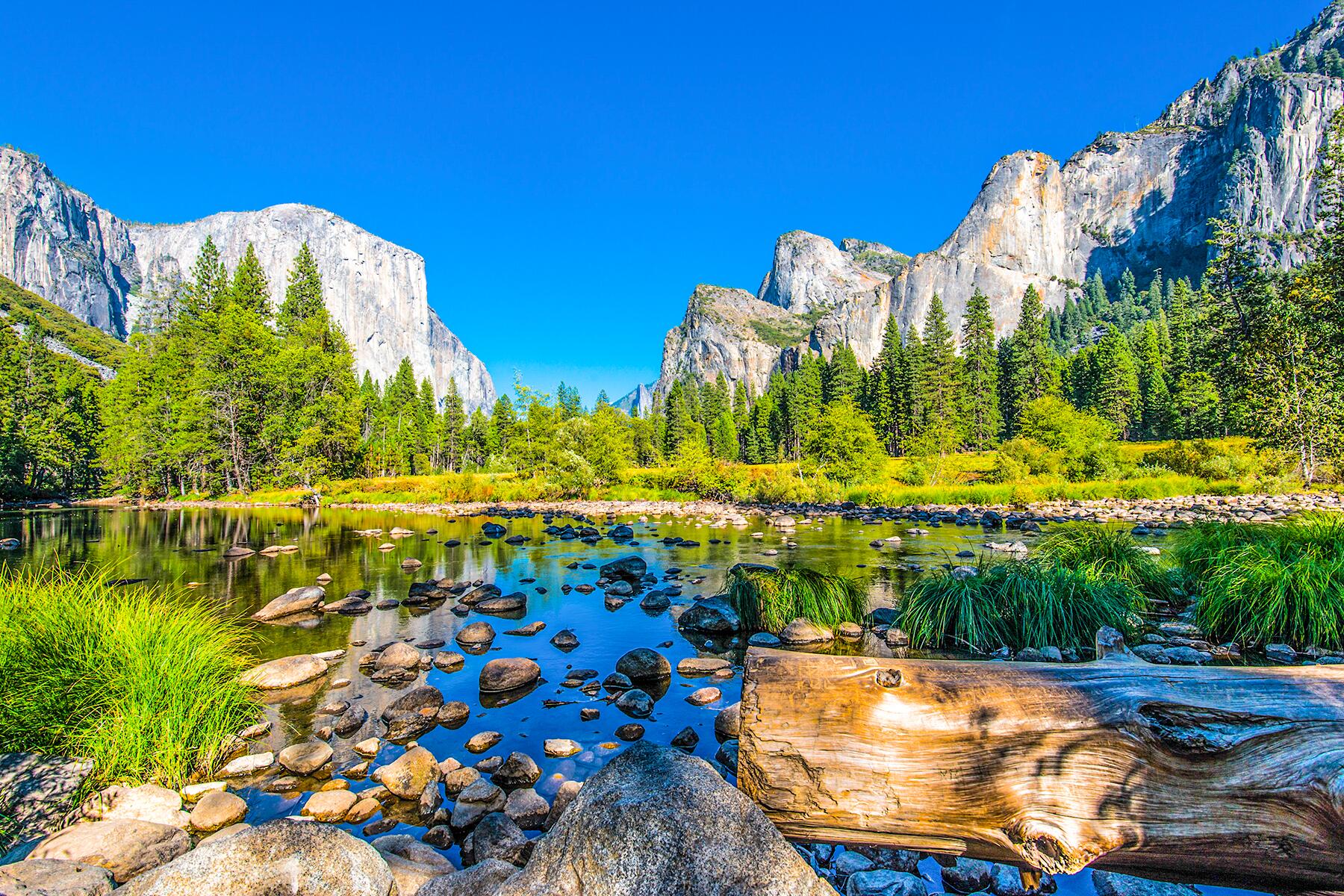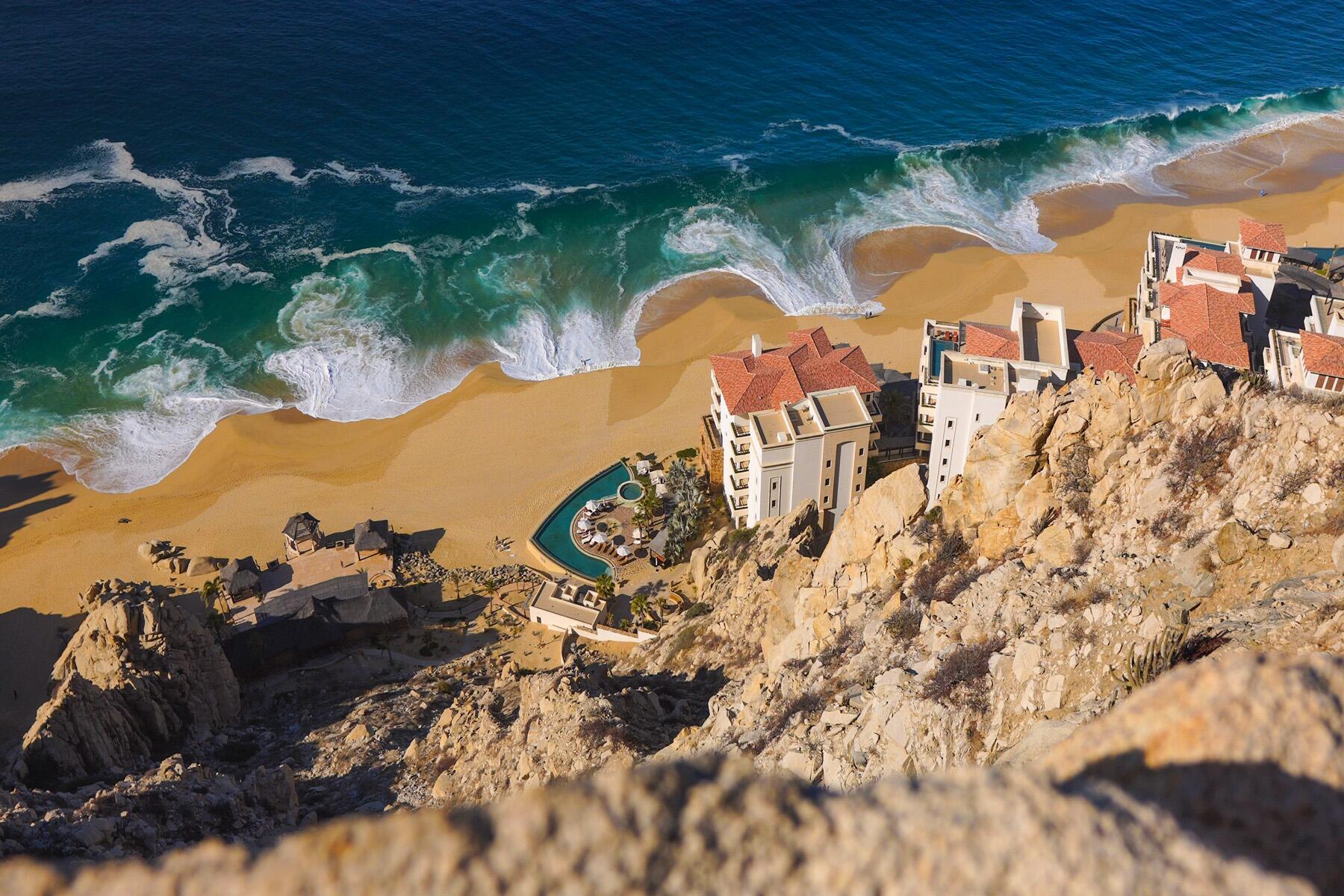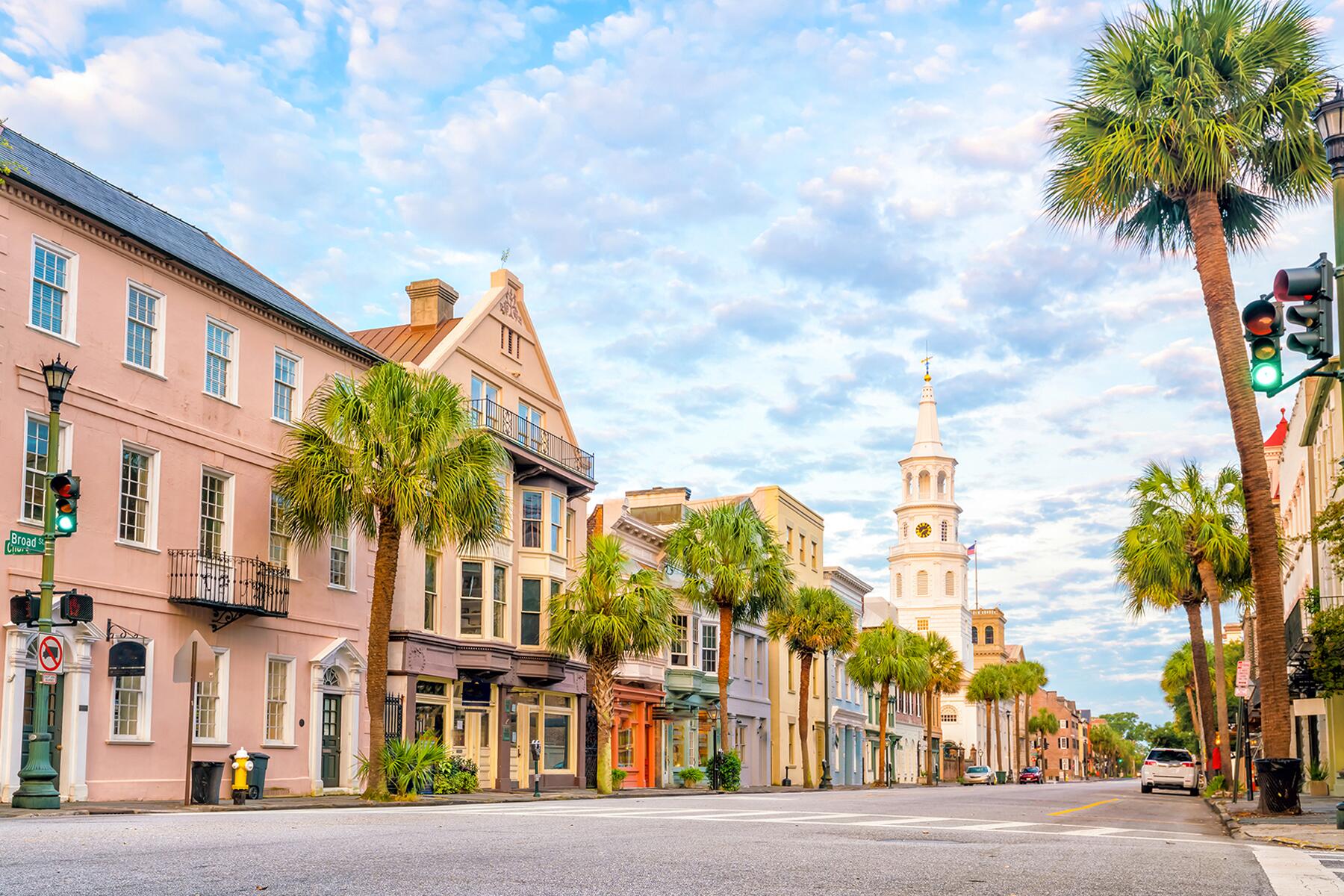It's like stepping into a parallel universe. The creatures that thrive in the deserts of northern Namibia better belong in fairy tales, and yet here they are.
Everything about the Skeleton Coast and surrounds will undoubtedly leave you spellbound. Lanky giraffes strut their stuff in rivers of sand. Mysterious stone sculptures, fashioned across the landscape by an anonymous artist, pop up unexpectedly. Ancient botanicals (which even have the word “witc”’ incorporated into their name) weave their leaves into paltry soil. Every living being has developed an ingenious desert endurance tool.
Top Picks for You
The Lone Stone Men
WHERE: Kaokoland
Like a badlands Banksy, an anonymous artist installed stone sculptures (in an environmentally-sensitive fashion) all across northern Namibia. The unusual collection has been dubbed “The Lone Men” and each character strikes a somewhat pensive stance. Just a little smaller than life-size, they mysteriously appeared in 2016 and have been found at various sites, from the treacherous Van Zyl’s Pass to the Skeleton Coast National Park. One is named “Dapper Stapper,” which translates to “brave walker” in Afrikaans and it marches across a stony plain like a cartoon run away with a bundle tied to the end of a stick. Embark on a treasure hunt and tick off all the artworks. The joy lies in the secrecy of the exact location. A sculpture might sit in the shade below a tree, or perhaps perch on a hill, or maybe it was just a mirage?
Epupa Falls
WHERE: Epupa
Epupa translates to “falling waters” in the local Herero language. An apt description for the sublime spot where noble baobabs watch the water roaring as it plunges down the rocky gorge. The intrepid Kunene River, fringed by the attractive silhouettes of Makalani palm forest, cuts through the stony desert and leaves oases in its wake. The wide Kunene is the only permanently running river in the Kaokoveld desert, and the rambling waterfall stretches a several hundred feet in a jumble of pretty rock pools and whirling rapids. The site is free to enter and most magnificent when water levels peak between April and May. Without any pesky modern-day barriers, you’re free to wander between the boulders and baobabs to find a prime perspective. Just watch out for the notorious Kunene crocodiles.
Recommended Fodor’s Video
Wonderful Welwitschias
WHERE: Skeleton Coast
This rare millennia-old desert plant often looks as aged as is. Consisting of scraggly olive-green leaves, it’s often well-weathered by the icy winds and harsh sun so prevailing of this area. Friedrich Welwitsch discovered the intriguing Welwitschia mirabilis in 1860. Although he wished to name it in native Angolan, the plant was still named in his honor. “Mirabilis” means marvelous or wonderful in Latin, and even Charles Darwin was reportedly smitten, describing it as “the platypus of the plant kingdom.” The plant is also a living fossil. Some individuals bear leaves up to nine feet in length (the longest-lived leaves of any member of the plant kingdom) and are thought to be 2,500 years old.
Fairy Circles
WHERE: Marienfluss
Puncturing the grasslands that flank the Skeleton Coast dunes, you’ll find unexplained crop-circle-like phenomena. No one is certain why these circular patches of land remain bare. Still, one long-standing theory hypothesizes that the bald-patches are associated with ants. Experts reckon that insects eat vegetation roots for moisture, leaving dead specks above them. Marvel at the spotty sands when driving through vast valleys, such as the Marienfluss, and embrace the magic of not knowing. There’s so little of the unexplained left in the world.
The Dancing Kudu and a Lion Man
WHERE: Twyfelfontein
These are only two of the fascinating rock art engravings at Twyfelfontein, as this collection of petroglyphs acts as an open-air gallery featuring more than 2,500 individual figures. This UNESCO World Heritage Site in northern Namibia is officially known as /Ui-//aes and is home to the largest single concentration of engravings in Southern Africa. Take a guided walk to visit the dancing kudu, an unusual depiction of a female kudu beside several geometric carvings, or discover the lion man which curiously bears five toes instead of the feline four. These artworks speak to the rituals and shamanism common to the San communities that once inhabited this harsh desert and sought answers from the spirit realm.
INSIDER TIPThe stroll to find see these artworks is often hot and there’s little shade to seek shelter. Bring water, wear a hat, and plan to visit early, in the cool of the morning.
Cinderella Waxbills and Lilian's Lovebirds
WHERE: Kunene Region
Even though this is the desert, brilliant birdlife abounds in the unique ecoregion. There are several birdwatching ticks to gain on a visit to such remote areas. Most species gravitate to the vibrant river beds (even if there is not any water in them) and wondrously carry Disney-like name. Seen only along the Kunene Riverbed, there’s the endemic Cinderella waxbill. Then, commonly found between the swishing fronds of Makalani palms, there are squawking beauties named Lillian’s lovebirds. And keep a lookout for the fluorescent feathering of the violet woodhoopoe.
Desert-Adapted Big Four
WHERE: Skeleton Coast, Kunene Region and Damaraland
Namibia has the largest unfenced population of black rhinos in Africa, and four other members of the Big Five have also adapted to life outside national parks. Studies prove that uniquely attuned lions learned to snap up seals from the Skeleton Coast, rhinos survive on poisonous plants, and desert-adapted elephants dig up life-giving waters in apparently dry riverbeds. These parched pachyderms travel widely, sometimes moving 37 miles each day in search of a drink. Guided trips in four-wheel-drive vehicles reveal the austere environments these big mammals inhabit. You might also see hardy herds of giraffe (an Angolan sub-species closely monitored by the Giraffe Conservation Foundation), zebra, oryx, springbok, klipspringer, and kudu moving across the sand-blown region. Leopards skulk these hills too, but seeing this elusive cat is an unusual occurrence.
Fog-Sipping Beetles
WHERE: Skeleton Coast and Surrounds
Namibia’s desert is unique because of its proximity to the chilly Atlantic Ocean. Often cloaked in an eerie fog that can travel over 31 miles inland, this sandy shore is a “Living Desert.” Silver vapors fill up with much-needed hydration for the desert-dwellers who live in the otherwise barren sandscape. One such creature engineered to harvest these waters is a humble beetle. It would likely introduce itself as “tok tokkie” at parties, but its scientific name is Stenocara gracilipes, or a fog-stand beetle. The little critter holds stock still on the dunes so that droplets can accumulate on its back and roll right into its mouth.
100,000 Cape Fur Seals (and Their Stench)
WHERE: Skeleton Coast
Namibia’s remote western coastline is named after the ships that faded and wrecked off its shores. You don’t have to go far to spot one of the rusting relics. And speckled between the boat bones, a hot mess of Cape fur seals grunt in the mists. You’ll likely smell them before you see them and the beaches of northern Namibia are home to the largest breeding colonies. Just south of the Skeleton Coast National Park, a settlement at Cape Cross marks the spot where the first European explorer set foot on Namibia in 1486. Within the borders, Shipwreck Lodge offers day trips to the Mowe Bay community, with stops at the Suiderkus and Karimona shipwrecks. Don’t forget to keep an eye peeled for scavengers—such as black-backed jackals and the handsome brown hyenas—that lurk on the fringes of these congregations.
Namibian Myrrh
WHERE: Kaokoland
Often cloaked in an ochre wash, the Himba are one of the last semi-nomadic, desert-dwelling groups in Africa. Extracted from the resin of the Commiphora wildii tree, Himba women have used Namibian myrrh for centuries, and it is an essential oil ingredient of the traditional perfume. Due to the lack of water, such aromas are crucial to their hygiene routine, which includes regular smoke baths. Sustainably and wild-harvested by the Himba people of northwestern Namibia, this myrrh is culturally believed to be antibacterial, anti-inflammatory, and calming too. In the local dialect, the resin is called “omumbiri,” and the gorgeous oil features now feature in natural skincare products, such as the Mbiri range.




